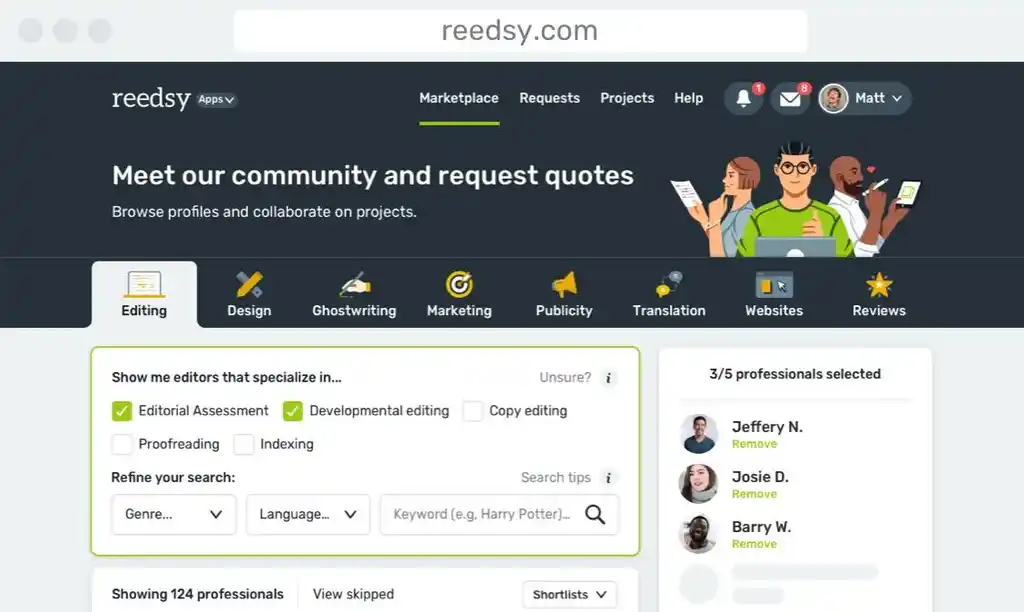Anatomy of a Great Scene: Conflict, Stakes, and Momentum
15:00 EST - Apr 09, 2025
In this presentation, Oksana Marafioti dives into the anatomy of a great scene, exploring the key elements that make a scene compelling: conflict, stakes, and momentum. She explains how to create tension that propels the story forward, why every scene needs a clear goal, and how to maintain emotional engagement with your reader. Oksana also shares insights on the balance between plot and story, and how to craft scenes that feel urgent and meaningful.
This is a summary of Oksana’s presentation on building powerful scenes. To hear her go into more detail, you can use the time stamps featured below.
What is Conflict (06:54)
Conflict is what drives your story forward. It adds tension and keeps readers engaged, ensuring the plot doesn’t get stuck in a lull. Without conflict, your story can feel like a random collection of events, lacking direction and emotional depth. At its core, conflict happens when your character’s desires clash with obstacles — whether that’s other people, society, nature, or their own inner struggles.
Conflict doesn’t always have to be huge or explosive. Sometimes, it’s a quiet internal battle, like a character wrestling with doubt or guilt. To make your conflict meaningful, ask yourself: What does your character want? What’s standing in their way? And what’s at stake if they fail? Answering these questions will help you create tension that moves the story forward. Conflict is what makes a story feel real and urgent, so make sure every scene includes some kind of resistance. Without it, your story risks feeling flat.
Plot vs Story (13:58)
Plot and story are closely connected, but they do different things. Plot is about the events — the "what" happens. It’s the sequence of actions, the external stuff. Story, on the other hand, is deeper. It’s the "why" — the emotional and thematic heart that ties everything together. Plot is the skeleton, and story is the flesh and blood, giving the events purpose and meaning. For example, "The king died, and the queen died" is the plot. But "The king died, and the queen died of grief" is the story — it adds emotional depth and shows why the events matter. While the plot drives the action, the story connects everything and gives it meaning.
What is a Scene (20:51)
A scene is a moment where something changes. It’s where the action happens, pulling readers into the experience of your characters. You want readers to feel like they’re right there with the characters — seeing what they see, hearing what they hear, and feeling the atmosphere around them.
Every scene should revolve around conflict, whether that’s something external, like an antagonist, or something internal, like a personal struggle. Without conflict, a scene loses its urgency and emotional weight. Think of scenes as the high-stakes moments that either reveal something new about the plot or deepen the emotional experience. Use every scene to connect with your reader emotionally and move the story forward.
What is a Transition (30:44)
Transitions are what smooth out the shifts between scenes, making sure the story flows without feeling choppy. They help guide readers through changes in time, place, or emotional tone. After a tense scene, a good transition gives readers space to process what just happened and prepares them for the next step. Transitions are key for pacing, offering a breather while keeping the rhythm of the story intact. A well-placed transition helps avoid jarring changes and keeps the narrative feeling seamless. Think of transitions as the glue that holds everything together. Without them, your story could start to feel disjointed or rushed.
Show vs Tell (37:13)
Balancing showing and telling is a cornerstone of good writing. Showing lets you immerse the reader in the moment, using sensory details, actions, and dialogue to make them feel what the character feels. Instead of just saying "He was furious," you might show it like this: "He kicked the chair, sending it skidding across the floor." This lets the reader experience the emotion through the character’s actions.
Showing is especially powerful during emotional moments or turning points in the story. Telling, on the other hand, is useful when you need to get information across quickly or keep the story moving. It’s more direct and lets you give context without bogging things down in detail. Both techniques are essential. Use showing to pull readers into important moments, and use telling when you need to move the story forward without lingering too long. Finding the right balance keeps your pacing sharp and your readers engaged.
Scene Construction in Action (44:59)
Every scene should have a clear goal, conflict, and hook. The goal is what your character wants in that moment, the conflict is what stands in their way, and the hook is what keeps readers eager to know what happens next. Without these, a scene might fall flat or feel like filler. Scenes need to either push the plot forward or deepen character development. If they’re not doing that, it might be time to reconsider their place in the story.
Take the opening scene of Little Fires Everywhere, for example. It hooks the reader right away with the mystery of a fire, setting up conflict and tension. The hook — "Why are there fires everywhere?" — keeps readers turning the pages. The goal, conflict, and hook work together to drive the story forward. When creating your own scenes, make sure they serve a purpose. Do they reveal something important about the plot or characters? Do they change the direction of the story? If not, they might not belong. Every scene should either move the story ahead or deepen the emotional connection to the characters.





